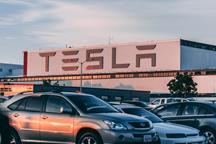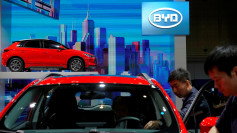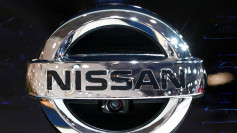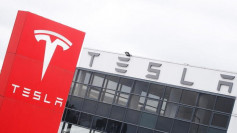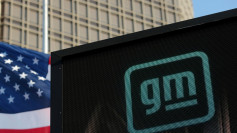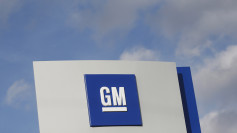Tesla's highly anticipated robotaxi, a fully autonomous vehicle, continues to stir curiosity and skepticism as CEO Elon Musk remains tight-lipped about crucial details. During a recent earnings call, Musk dodged several questions regarding the robotaxi's design, particularly whether it would feature traditional controls like steering wheels and pedals. This omission leaves a significant question mark over the timeline and regulatory path for the vehicle's deployment.
Musk's evasiveness comes at a time when Tesla's robotaxi plans have already faced delays, purportedly to refine the prototype. The uncertainty surrounding the inclusion of steering wheels and pedals is pivotal. A vehicle devoid of these controls would require exemptions from Federal Motor Vehicle Safety Standards (FMVSS), which could extend the timeline for regulatory approval by months or even years. Conversely, a more conventional design could expedite the process, allowing for a sooner market release.
Tesla's letter to shareholders acknowledges the need for regulatory approval, stating, "Though timing of Robotaxi deployment depends on technological advancement and regulatory approval, we are working vigorously on this opportunity given the outsized potential value." Despite this, Musk refrained from specifying which regulatory exemptions Tesla would seek. When asked directly about seeking FMVSS exemptions, Musk diverted, comparing Tesla's "generalized solution" to Waymo's "localized" one, which he described as "quite fragile."
Currently, FMVSS mandates basic human controls in vehicles, including steering wheels and pedals. Companies can apply for exemptions, but the government caps these at 2,500 per company per year. This restriction poses a significant hurdle for any company, including Tesla, aiming to deploy autonomous vehicles on a large scale. Legislative efforts to lift this cap have stalled in Congress, entangled in debates over liability and the readiness of the technology.
To date, only Nuro has secured an FMVSS exemption, using it for a limited deployment of driverless delivery robots in Texas and California. Cruise, a GM subsidiary, requested an exemption for its Origin shuttle but has not received approval. Similarly, Amazon's Zoox claimed its autonomous shuttle was "self-certified," prompting an investigation by the National Highway Traffic Safety Administration (NHTSA). In contrast, Waymo's vehicles, despite operating without safety drivers, still feature traditional controls, sidestepping the need for exemptions.
The absence of clear regulatory guidelines leaves Tesla in a challenging position. Design drawings have hinted at a steering wheel-free vehicle, yet the regulatory path remains uncharted. Critics have dismissed the robotaxi as vaporware, pointing out that while Waymo conducts close to 50,000 passenger trips weekly, Musk's promises remain vague and unfulfilled. Despite this, Musk maintains that Tesla is fundamentally an AI company, not a traditional car manufacturer, underscoring his vision for a driverless future.
The next significant update on the robotaxi is expected on October 10, when Tesla plans to unveil the vehicle. Musk has hinted at a "one more thing" announcement during the event, suggesting potential additional revelations. This delay from the initially planned August unveiling was attributed to Musk requesting an important design change to the vehicle's front.
Over the past few years, Tesla has focused on creating a vehicle designed from the ground up to be autonomous, referred to internally as the 'Robotaxi'. While Musk asserts that Tesla remains committed to delivering self-driving capabilities through software updates to existing vehicles, the company is also investing in this new, driverless design. Hints about the vehicle suggest it will lack a steering wheel and pedals and may feature a "Cybertruck-like" design.
